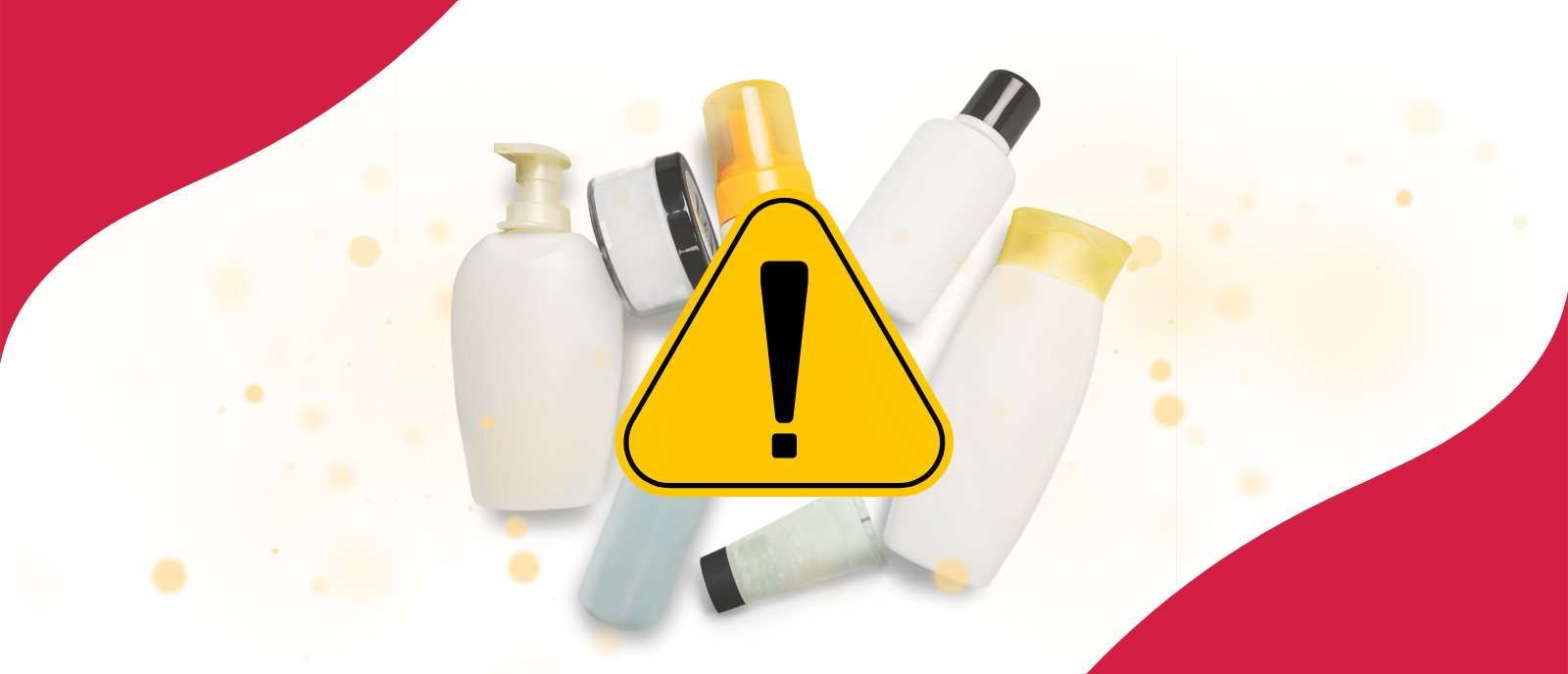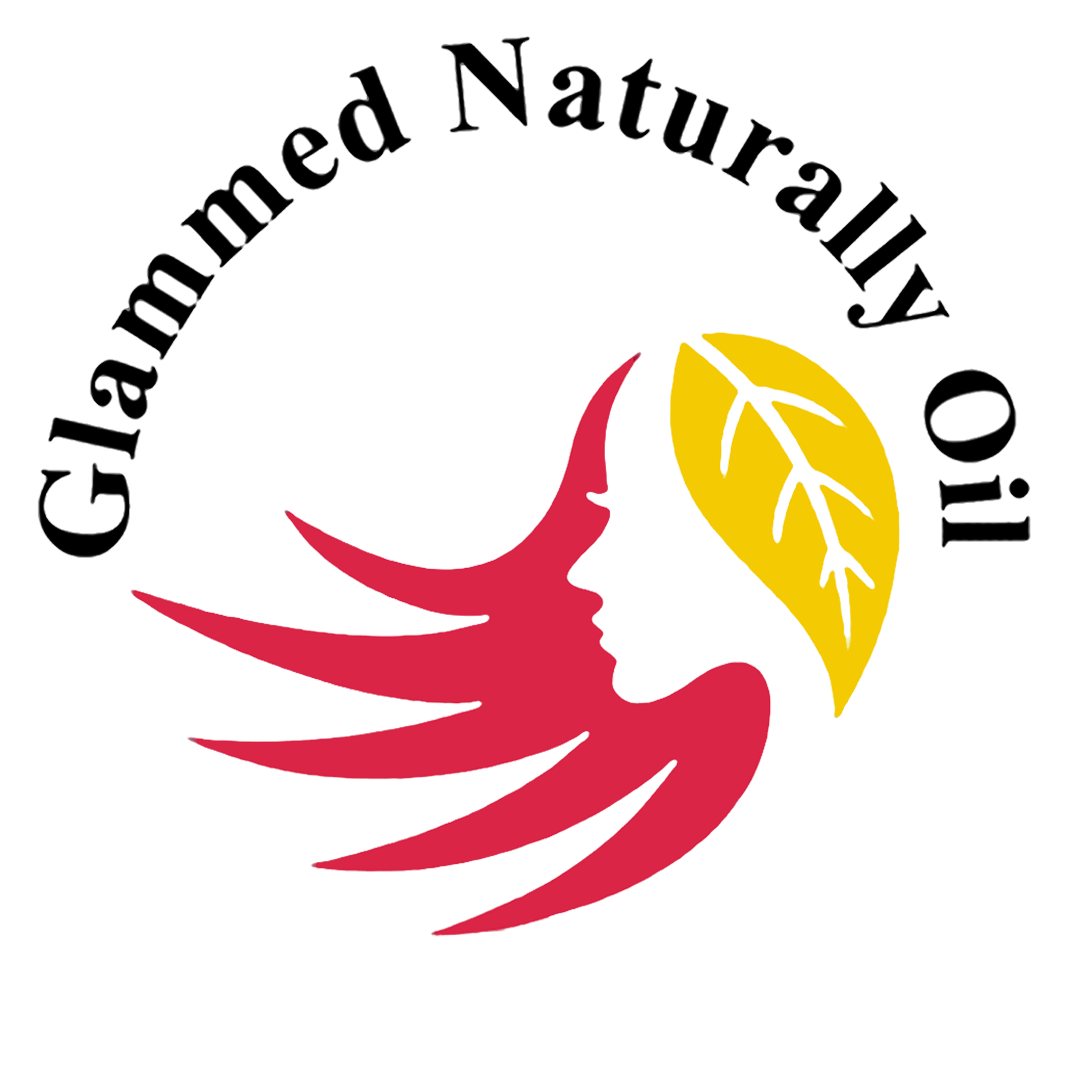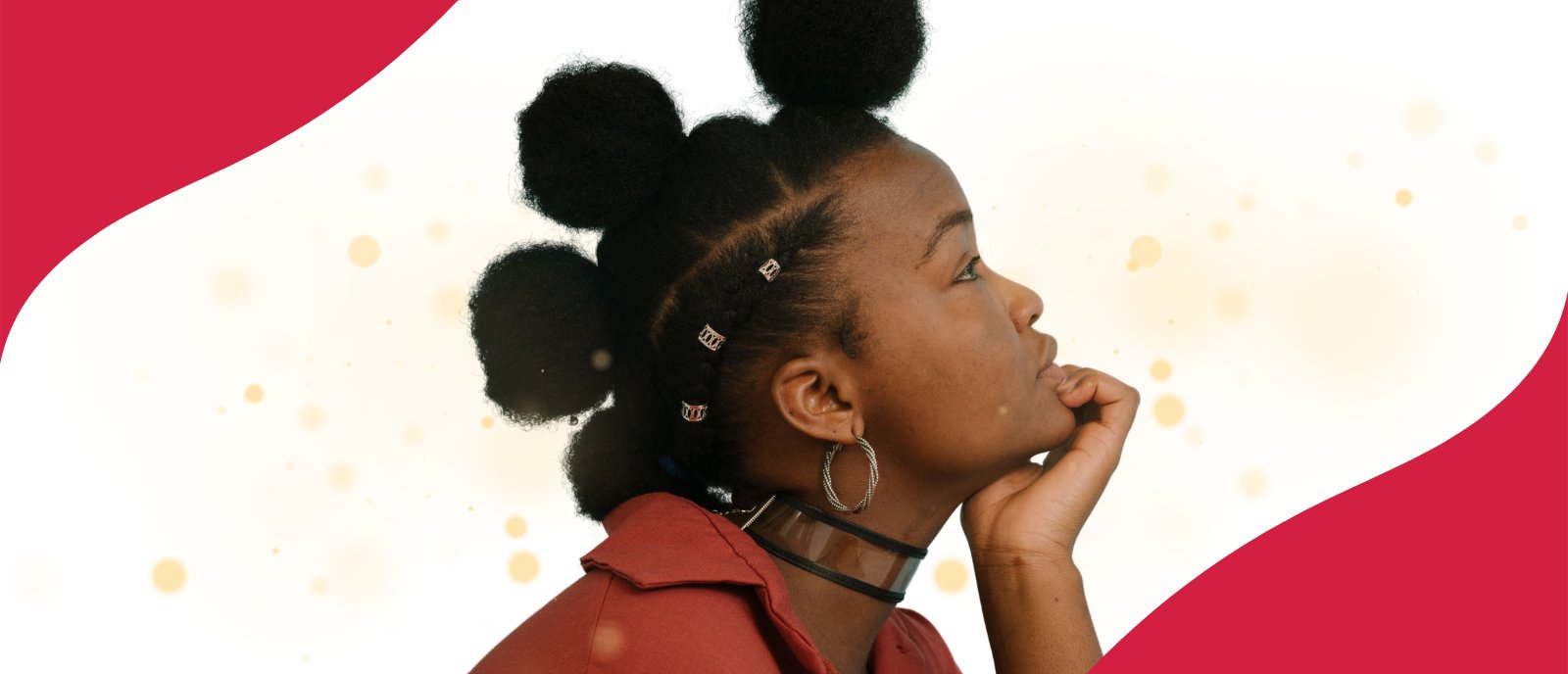
Harmful Ingredients That You Should Avoid In Hair Care Products
You walk into your favorite beauty shop and see piles of hair care products on the shelf. You pick up a familiar product that was endorsed by your favorite celebrity, in fact, this product does have several commercials aired nonstop on your television 24/7. You are excited to try it because you know that this is the “Perfect Product” that you are looking for. You went home to try the product, and you noticed its very aromatic and strong scent and it is very foamy. After you use it you get quite disappointed because you didn't get the expected result that you wanted. You just shake it off and think using it gradually will get you to the result that you are expecting. You use it for weeks, months even years but still it won't help … and the worst part? Instead of making or keeping your hair healthy, it damages both your hair and scalp. Familiar with these scenarios? And wondering why it keeps on happening? Have you ever checked the ingredients before buying it?
Are you wondering which hair product ingredients you should avoid? Labels on hair products are not easy to read and to understand. Sometimes you can't even trust the claims that manufacturers have placed on their products. “All natural” is not always the truth as it can be used for anything. If the product is made with organic ingredients then it contains a minimum of 70 percent certified organic ingredients. The best thing we can do is to understand the ingredients on the products in order to avoid any chemical harm. Here is a list of bad hair product ingredients that you should avoid:
Retinyl Palmitate
Retinyl palmitate is the ester of retinol combined with palmitic acid. It’s a known skin irritant that can cause peeling, scaling, redness, and itching. Side effects of retinyl palmitate may include cancer, reproductive problems, and organ toxicity.
Ammonium Lauryl Sulfate or Sodium Laureth Sulfate (SLES)
What are sulfates? Sulfates are very strong detergents that work through a chemical reaction, in which they bind with the sebum on our scalp and with water. When you rinse out the shampoo, sulfates take all the oils and residue with them. But while cleansing, they can also damage the hair, make it brittle, and increase frizz.
Triclosan
Triclosan was banned from being used in antibacterial soaps in 2016 but is still allowed in toothpaste, shampoos, and deodorants. It’s a chemical antibacterial agent known to cause hormone disruptions, which can lead to cancer and affect fetal development, among other things.
Sodium Lauryl Sulfate (SLS)
This sulfate creates a lathering foam some people love, but it can compromise follicles when left on the scalp and it has other toxic effects on the human body. Yikes! Anyone with color-treated hair or dry hair should definitely avoid SLS, as it can fade your color and strip your strands of natural oils.
Parabens
Parabens are also known to be harmful. They are used as a preservative to prevent bacteria from growing in cosmetics and shampoos. Parabens can mimic the hormone estrogen and have been linked to increased growth of breast cancer cells.
Sodium Chloride
Sodium chloride is another name for salt. Sodium chloride in shampoo and conditioner is mainly there to make the consistency thicker. Salt can make an already-sensitive scalp dry and itchy, which can eventually cause hair loss
Polyethylene Glycols (PEG)
PEG is a thickening agent derived from petroleum that is often contaminated with byproducts. There has not been sufficient research done to conclude that PEGs themselves are as toxic as shampoo ingredients, but common byproducts in PEGs can be harmful.
6+7. Diethanolamine (DEA) and Triethanolamine (TEA)
DEA and TEA are also emulsifiers and foam agents that reduce surface tension so water-soluble and oil-soluble ingredients can blend together. In 1998, researchers found a link between the topical application of DEA and cancer in animals, but the effects on humans are unclear. The European Commission has banned DEA in cosmetics.
Formaldehyde
Formaldehyde is a known human carcinogen and has been proven to be absorbed through the skin in animal testing. Manufacturers often add it to products directly as a preservative, but it can also be released over time through a chemical process from other types of preservatives. If you’re wondering what to look for, a common one in shampoos is quaternion-15. They can also be found in chemicals used for Brazilian blowouts at hair salons.
Alcohol
Most alcohols have a drying effect, and the higher up in the ingredients list they appear, the more alcohol the product contains. Some alcohols that are not as bad for dry hair begin with a “C” or an “S,” like Cetearyl alcohol and Stearyl alcohol. They can actually help your hair retain moisture. The ones that are bad if you already have dry hair usually have a “prop” in their name, like Isopropyl alcohol or propanol.
Synthetic Fragrances
Products that have “fragrance” on their label can contain thousands of hidden chemicals. Some ingredients in fragranced cosmetic products can disrupt the reproductive system and cause cancer or asthma. They can also irritate the skin and scalp, which can lead to hair loss.
Synthetic Colors
Most shampoos and conditioners are dyed with a synthetic color to make them look nice. These colors come from petroleum or coal-tar sources, all of which come with harmful health effects. Synthetic colors will normally go by FD&C or D&C combined with a number.
Dimethicone
Dimethicone is a type of silicone that is used in a ton of hair products and contributes to product buildup that makes your hair feel greasy. Since it acts as a protective cover on the surface of the hair, it stops moisture and nutrients from coming in and instead collects dirt and residue. It can clog the pores on the scalp and cause skin irritation.
Cocamidopropyl Betaine
Cocamidopropyl betaine is another foam booster. Although it’s derived from coconut oil, it can have negative effects. This surfactant is used in hair products along with dimethylaminopropylamine, which can cause skin irritation, allergies, rosacea, and eczema.
While there are many bad ingredients in hair care products and harmful brands, use only brands that have natural, non-toxic, and organic ingredients, such as Glammednaturallyoil products or you can even make your own homemade hair treatments using ingredients from your kitchen. If you are suffering from hair loss or unhealthy hair growth and think chemicals such as the ones mentioned above may be to blame, try switching to a natural alternative. You can also try taking natural supplements that contain plant-derived ingredients that work synergistically to help your natural hair growth.
(source www.fda.gov)


Laisser un commentaire
Ce site est protégé par hCaptcha, et la Politique de confidentialité et les Conditions de service de hCaptcha s’appliquent.